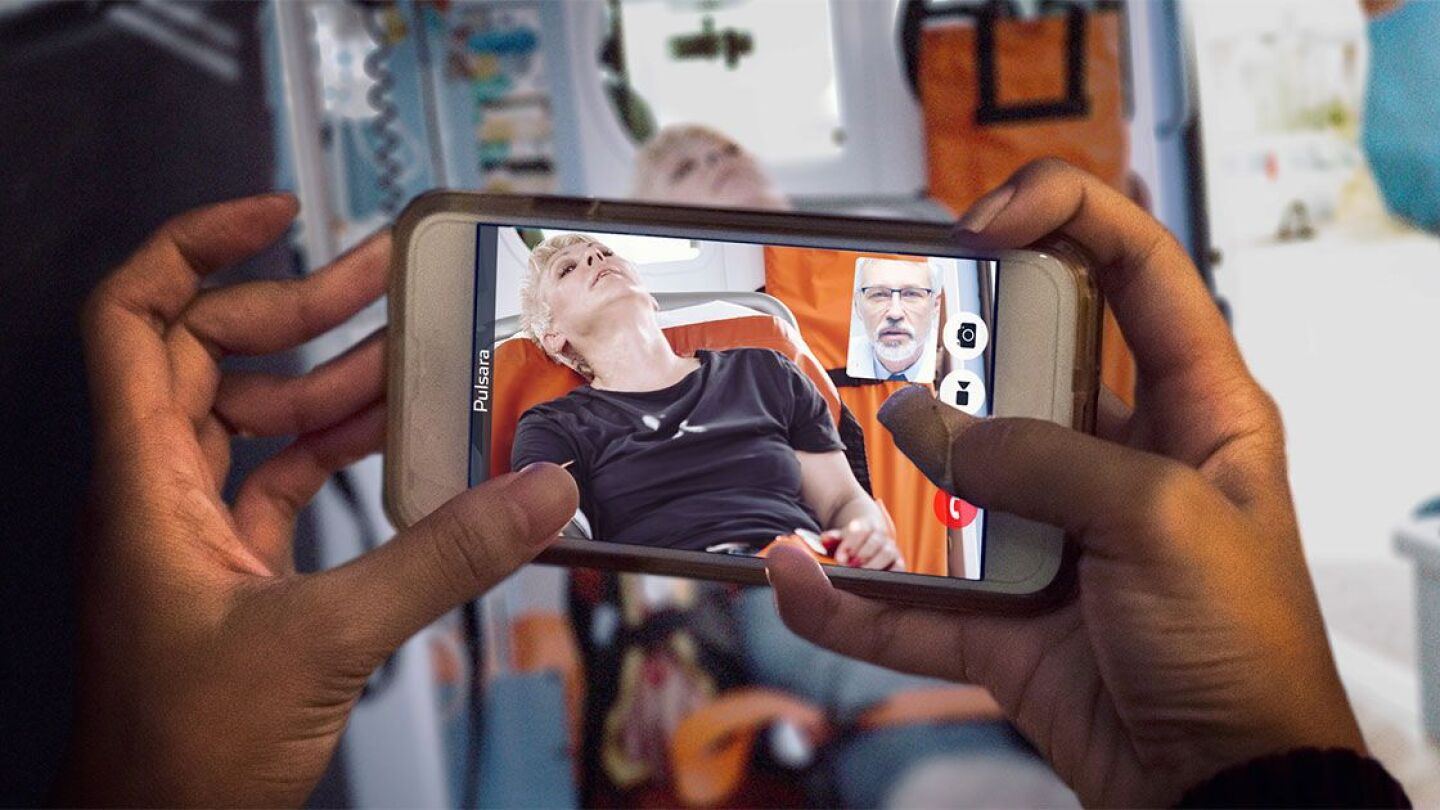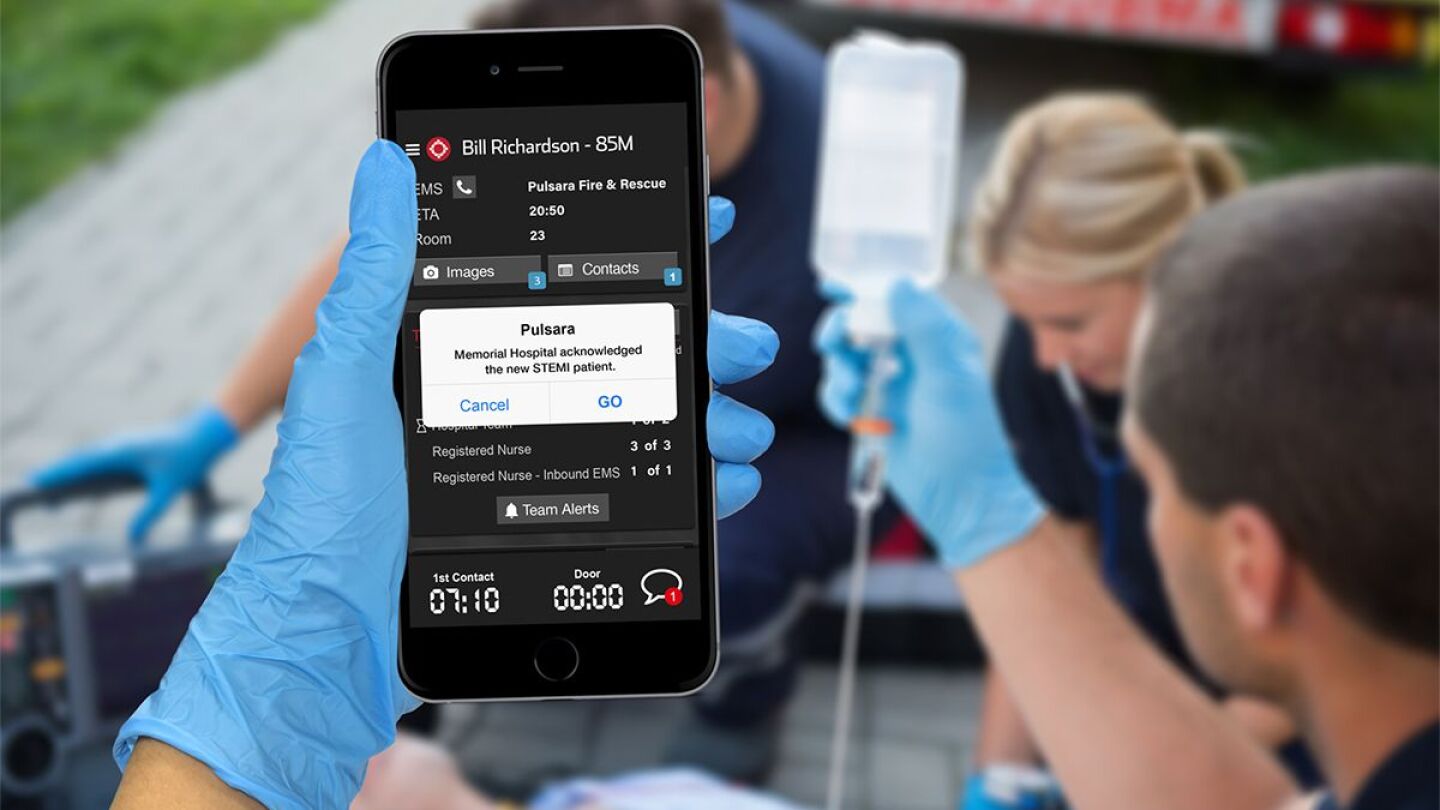Telemedicine
Often, transportation is a barrier to receiving healthcare, which means EMS become that transportation even when the medical problem itself is non-urgent. Telemedicine, using technology to connect patients to healthcare practitioners remotely, can be used to triage patients, decreasing non-emergent ambulance transports, or to enable a higher level of care when access or distance prevent physical assessment.
Despite CMS’s comprehensive cost findings, MedPAC’s selective data edits paint a distorted picture — risking the financial future of thousands of ambulance services
A guide to securing grants, building partnerships and sustaining MIH-CP programs

EMS Trend Survey seeks input for What Paramedics Want in 2025 report
The state-of-the industry survey focuses on wellness, career development and satisfaction in EMS
The state-of-the industry survey focuses on wellness, career development and satisfaction in EMS
Rural medics who rescued the rancher didn’t have much experience handling severe wounds, but a doctor was able to help via video inside the ambulance
The rising adoption of telemedicine is increasing the use of pulse oximeters, blood pressure monitors, temperature monitoring devices and glucose monitoring devices for remote patient monitoring
Adopting programs to improve service delivery and agency culture
Adopting programs to improve EMS service delivery and agency culture
3,100 paramedics weigh in on reducing stress, staffing challenges and leadership shortfalls
Kern County EMS to hold a job fair and resume 911 ad campaign to increase staffing and reduce response time
The agency gets paid whether its crews care for patients at home, or transport them to a clinic or an ED
Syracuse providers also can transport patients to urgent care centers to ease hospital ED overcrowding
How the latest partnerships between EMS and digital health providers are giving patients faster access to high-quality care through mobile integrated health
EMS providers are dispatched to the patient’s location to treat non-life-threatening conditions
Translating data into information, and information into action
Allentown EMS have been given iPads equipped with access to Lehigh Valley Health Network’s live video medical language interpreting service
3,213 EMS providers speak up about job satisfaction, effective leadership, safety and innovation in the EMS Trend Survey
Here’s how your agency can use telehealth and community paramedicine to deliver more personalized care to patients
Download this free guide for timely tips on low-volume call types, getting grant funding, expanding your scope through technology and more
In addition to consulting with specialists, telehealth can also allow follow-up care as you treat and release patients in their homes
The Cleveland Clinic shares ET3 success with its Virtual Emergency Medicine Program
The measure would end some Medicare restrictions and extend emergency waivers
ET3 and COVID-19 have increased telehealth utilization to the benefit of patients and the healthcare system in rural Colorado
Empire BlueCross BlueShield and Mount Sinai Health System have reached an agreement to offer community paramedicine, ET3 and treat-in-place options
The Akron Fire Department was selected to participate in the CMS ET3 model and has utilized the technology more than 1,000 times since January
Learn where to find willing partners and payers for an EMS telehealth navigation program
Grant programs and relief funding to support telemedicine initiatives, technology and training offer continued financial assistance to eligible agencies
The cameras include a live-streaming capability that allows a doctor to log on to a server to view real-time footage and help render care
MD Ally allows first responders to conserve resources by triaging non-emergency patients to virtual care
The department began using the GoodSAM telemedicine program in December to assess some patients remotely
South Carolina researchers found that door-to-treatment time was cut by 18 minutes with in-ambulance telehealth consultation
Cities and counties will receive $130 billion in aid for COVID-19 response
Collaboration between EMS and receiving facilities has not only allowed medics to be part of the overall care team – it’s also given them a place in the continuum of care































